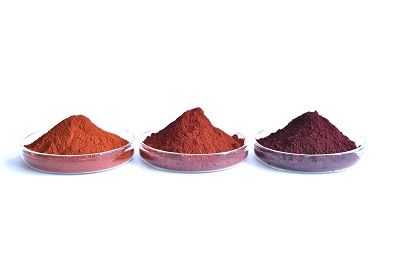LANXESS moves to optimize its global production network for the manufacture of iron oxide pigments. Through targeted “debottlenecking” at its Krefeld-Uerdingen site, the company has increased the product availability of its Bayferrox and Colortherm micronized red pigments by more than 5,000MT annually as it sees rising demand in the paints and coatings industry as well as for plastics applications for high quality pigments which offer good dispersion characteristics.
Due to their properties, micronized iron oxide pigments from LANXESS are mainly used in technically demanding paints and coating systems and for coloring plastics. The micronization process is characterized by intensive milling in which the proportion of agglomerates is significantly reduced. Micronized pigments can thus be more readily dispersed. In addition, they provide high color strength and color consistency.

Unmatched properties for grinding and temperature stability
LANXESS uses its proprietary Laux process to manufacture Bayferrox and Colortherm red pigments. Black pigments are heated up to 800°C and oxidized to red pigment. Since the Copperas process, which was an alternative, is no longer used worldwide on a market-relevant scale, the much more environmentally friendly Laux process is the only production process applied for iron oxide red pigments that includes a calcination step at very high temperatures. This results in particularly stable pigments which, after a subsequent milling process, have unique properties which distinguish them from all other iron oxide pigments available on the market in two essential respects:
Micronized red pigments from the Laux process have the highest milling stability. Even when subjected to high shear forces during the dispersion process, they show excellent resistance to color change.
These pigment types also lead in terms of temperature stability. They are thermally stable even up to temperatures of 800 °C, while red pigments (hematite, Fe2O3) produced using other manufacturing processes are typically only resistant up to a maximum of 400 °C. Due to the high temperatures applied during calcination in the Laux process, all water inclusions that can promote a color shift are displaced from the oxide crystal lattice. For this reason, micronized red pigments from LANXESS do not display a color shift in use, even at extremely high application temperatures.














